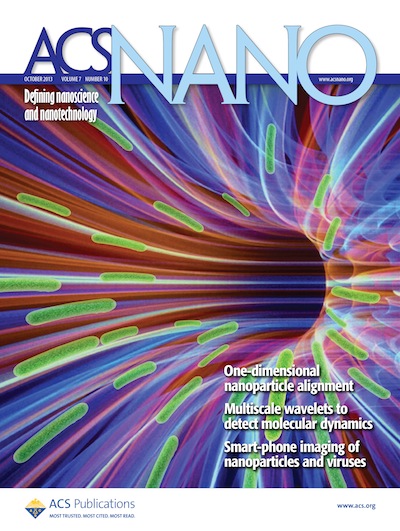WESTWOOD—Researchers discovered a breakthrough in treatment of pancreatic cancer using nanotechnology at UCLA’s Jonsson ComprehensiveCancer Center.
The research team led by Drs. Andre Nel, professor of nanomedicine and member of the California Nanosystems Institute (CNSI) and Huan Meng, adjunct assistant professor of nanomedicine, developed a new microscopic drug delivery method that could significantly improve the treatment of pancreatic cancer.
Pancreatic cancer is one of the deadliest types of cancers, with only 6 percent of patients living five years after diagnosis, according to the American Cancer Society Cancer Facts & Figures 2013 publication. Although it is the ninth most common cancer in women and tenth most common cancer in men, it is the fourth leading cause of cancer deaths in both men and women in the U.S.
Pancreatic cancer is lethal because it’s often not detected until the cancer has progressed to late stages when the few treatment options available are likely to be unsuccessful. Pancreatic tumors, surrounded by biological structures called “stroma,” are difficult to eradicate because the stroma block normal chemotherapy treatments from reaching the tumor’s cancer cells.
“The need for innovative and improved treatment of pancreatic cancer cannot be overstated, as its diagnosis over the years has often remained synonymous with a death sentence,” The Jonsson Comprehensive Cancer Center at UCLA stated in a November 12 press release.
The nanomedicine research team, whose groundbreaking findings were published in the journal, “ACS Nano,” developed what they call “two-wave nanotherapy” that was able to pass through the stroma and penetrate the pancreatic cancer cells in an experiment with mice.
The experiment involved two quick intravenous injections of microscopic particles, called nanoparticles, into mice with pancreatic tumors. The first “wave” of nanoparticles carried material that separated a type of stroma substance, called “pericytes,” from the tumor. The second injected “wave” of nanoparticles containing the chemotherapy drug was then able to enter the tumor and kill the cancer cells. Researchers discovered their two-wave nanotherapy was able to reduce the size of pancreatic tumors in mice significantly more than normal chemotherapy or one-wave nanotherapy.
Dr. Nel said in the release this two-wave therapy approach will “help cancer patients by increasing the effectiveness of chemotherapy while also reducing side effects and toxicity” and could be used to “address biological impediments in nanotherapies for other types of cancer.”






